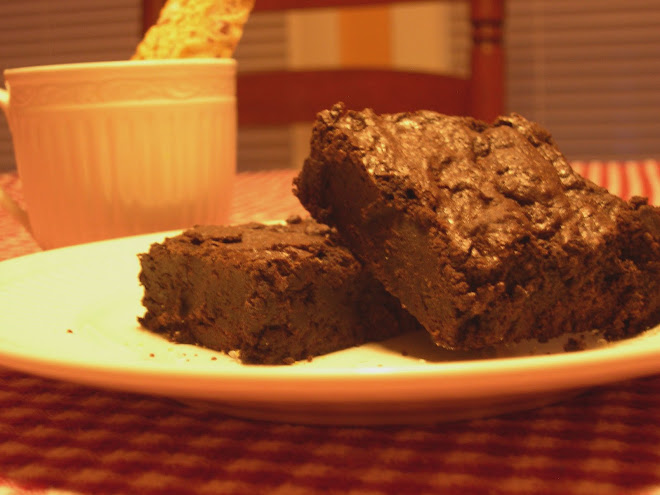But I do appreciate these items for their
purpose – which is to be fast and easy.
And the one boxed starter I use is for cornbread. Now, I have made cornbread from scratch, and
I like the idea of how versatile cornbread can be. Spicy, sweet, savory, soft, crunchy and so on
baked in cast iron, papers, tins, molds and pans the permutations are endless. However, it is to this recipe that I turn to
the most when I make cornbread.
I got this recipe from a friend of mine
in college. After coming back from Germany,
three friends and I sublet a very nice town house in Washington DC. It was during this semester that I really
started to get into cooking, and where I decided that it was a passion of
mine. Mostly, this was due to
boredom. I didn’t have a job, most of
our other friends were studying overseas, I didn’t have a boyfriend and I
didn’t study in the library. So instead, I learned all the words to 50 Cent’s
‘Wanksta’ and I cooked. In fact, I managed to win household MVP one night because I made chili and this cornbread. Yes, that’s right we had MVP. You only got bragging rights for it, and it was largely very arbitrarily determined who won MVP for some action he or she performed. I won MVP for making dinner one night. My friend won MVP for putting out the toaster fire we started while trying to warm up taco shells. You see what I mean.
At any rate, this recipe is cheap, easy, and can be a pantry staple to have on hand at a moment’s notice. I typically only make cornbread for stuffing or when I make chili. And I must confess that I make the chili simply as an excuse to shove as much cornbread into my face as I possibly can.
Mat’s College Cornbread
I suppose you could use any brand of cornbread mix, but I like the Jiffy version. There is something very comforting to me about how the picture has not changed on that box in decades. Also, this can be halved easily, but I will give you the larger version, as the cornbread is very delicious, and you will want to eat a lot of it. Well, that and it’s so hard to find the small cans of corn, making a double batch is just easier.
2 boxes Jiffy Cornbread mix
1 15oz can sweet corn, drained1 14oz can creamed sweet corn
2 eggs
2 teaspoons sugar
Preheat the oven to 400°.
In a bowl
combine all the ingredients. Stir to
combine everything until just moistened and there are no clumps of cornbread
mix left.
Pour into a
lightly greased 9x13” pan. Bake for
about 45 minutes, or until the top is golden and the sides of the cornbread are
lightly browned.
Let cool
slightly and serve.














